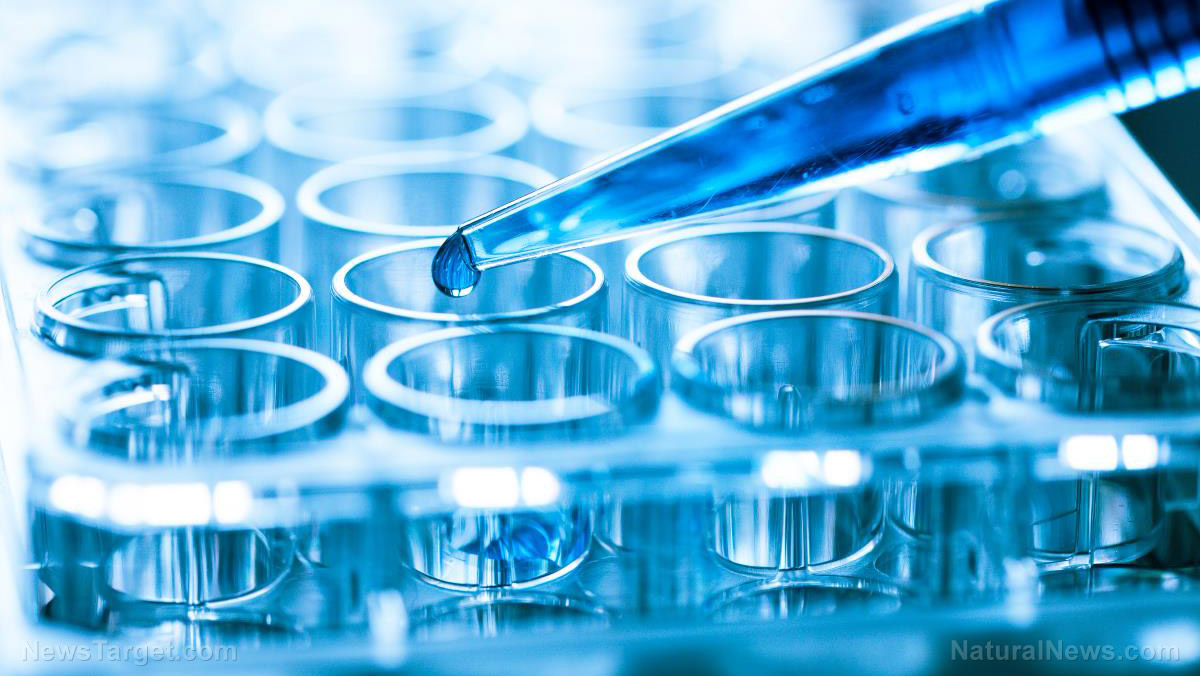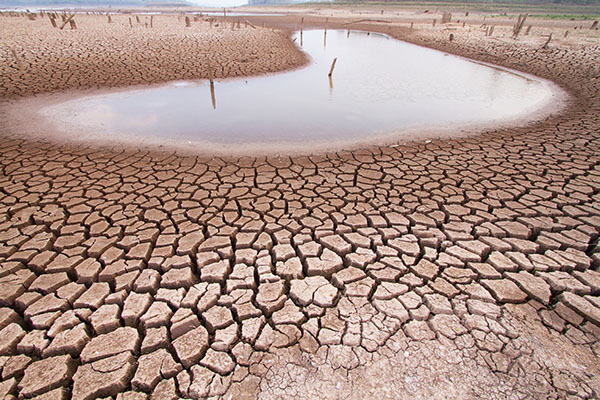
Golden algae are single-celled organisms that live in water. They are relatively harmless until they decide to “bloom” or reproduce. As the algae enter into a state of rapid growth they produce toxins that kill fish. Golden algae do not produce visible blooms; more often than not, experts only know of a golden algae contamination when a vast number of fish begin to die. A specific type of virus helps the algae produce more toxins which can kill fish in a matter of hours.
Toxins released by the organisms affect all animals that have gills, including all types of fish, clams and mussels, and frogs that are in their juvenile stages. There is no evidence (so far) that suggests a threat for humans.
Hydrogen peroxide was observed to not only kill the algae but break down the toxins as well.
As explained by Ben Wagstaff, a Ph.D. student at the John Innes Centre, on Science Daily, “our lab and literature came up with hydrogen peroxide as a potent chemical treatment. We developed a system in the lab where you could use low enough concentrations that would kill algae but wouldn’t affect any fish or macro invertebrates. Then we took our lab understanding and sprayed a very small section of a broad [waterway] which had been affected by blooms and it worked beautifully.”
Wagstaff and the rest of his team hope that this inexpensive solution could push pike levels back to how they were in 1969. (Related: Poisonous Algae Blooms Threaten Ecosystems and People in the U.S..)
Hydrogen peroxide being used in small reservoirs in Texas
A guidebook was developed by the Texas Parks & Wildlife in 2005 to help rangers manage golden algae levels along coastal waters and small reservoirs. The white paper discussed five river systems in the state that have been regularly infected with golden algae. This included the Pecos, Brazos, Canadian, Colorado, and Red. Experts believe that more than 27 million fish have been lost to golden algae contamination since 2001. To address this, a coordinated effort between Texas and Arizona authorities compiled viable treatment options. One of these was hydrogen peroxide.
Among the guidelines, rangers are told to treat infested areas with 62.5-5.00 mg/L of hydrogen peroxide to clear waters in 24 hours. This dosage can be increased to lessen recovery time. For example, hydrogen peroxide can lyse the algae in one hour at a concentration of 3,125 mg/L and 15 minutes as 12,500 mg/L. Concentrations higher than that can potentially harm fish.
Even so, Texas rangers have been wondering if they could increase the levels to completely eliminate the golden algae. This new research from Norfolk would certainly suggest so, although further validation is needed to determine conclusively.
What causes golden algae
Wildlife preservationists are looking at the causes of golden algae. They believe that removing the algae would be a Sisyphean task if we do not address why these organisms bloom in the first place. A review made by the U.S. Geological Survey (USGS) found that human factors, including pollution, contributed greatly to algae proliferation.
“These findings may help resource managers to control future golden algal bloom occurrences by focusing on strategies to minimize anthropogenic transmission and avoid the development of certain water quality conditions,” USGS scientist Reynaldo Patino said. “This is the first time a large-scale retrospective analysis has been done to probe relationships between water quality and golden algal blooms.”
Sources include:
Please contact us for more information.























